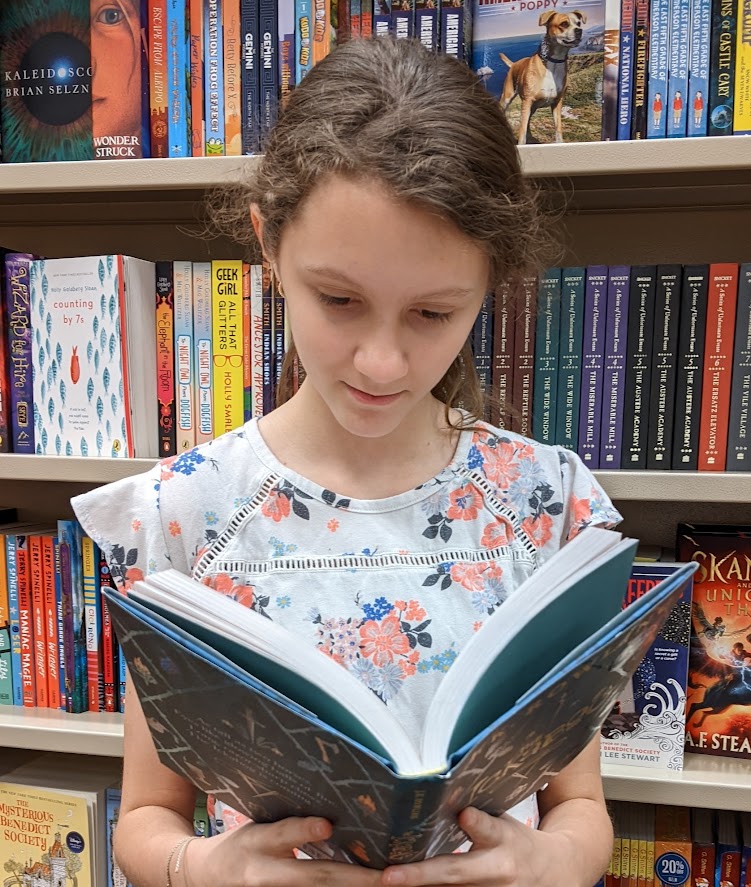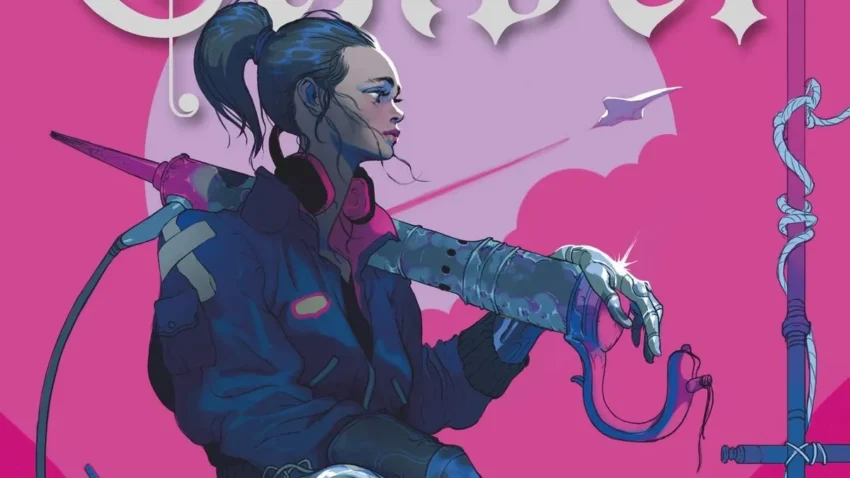Let’s be honest…there are way too many versions of Cinderella. Every country you can name has their own rendition of this story, not to mention there’s dozens more ‘unique’ versions in America alone. From a Barbie to a zombie to a sneakerhead teen, Cinderella has been through it all. So if you’ve ever tried to write a Cinderella story, in fact, any fairy-tale retelling, you might think: ‘How am I supposed to keep this interesting?’
It’s a good question, one I asked myself as I began reading Marrissa Meyer’s Cinder. I thought: ‘This is just going to be like every other fairy-tale retelling. There won’t be any exciting or shocking twists, because, well, it’s just Cinderella.’ At its core, I thought it would just be the same old story.
Never, in all my life, have I been happier to be wrong.
Today’s Example:
Today, I’m going to talk about one technique you can use in your retellings, but you should know that there are others that we’ll be covering in a separate article. This technique I’m going to show you is one of the most effective, because it includes an opportunity for plot twists as well. I know, it’s shocking, nearly unheard of, to have twists inside of a retelling. ‘How could you possibly shock your readers when they already know what’s going to happen?’ you might be asking. Well, to answer that question, let’s look at our example.
Cinder, despite being a fairy-tale retelling, is everything you could ask for in the creative department. Linh Cinder lives in New Beijing, a high end sci-fi city in the Commonwealth people of earth. She’s at the bottom rung of society, judged by everyone she meets because she’s a cyborg; a half-robotic person with a partly wired mind. The story is wonderfully and spectacularly different, setting itself apart from every other Cinderella story I’ve ever read.
So…how did Marissa Meyer do it? How did she manage to keep the Cinderella story fresh, let alone surprising?
I’m going to share with you two jaw-dropping moments from the book so I can pinpoint exactly what Marissa Meyer did to place surprises into her retelling. The first moment occurred when the narrator took a short paragraph to explain about a deadly plague that has been sweeping through the Commonwealth. Since cyborgs are the hated kind of the time, they’ve been randomly ‘drafted’ for experiments regarding a plague antidote. We’re told most of them don’t survive the testing process. And then comes this stellar line:
‘Everytime one of the draft’s victims was a teenage girl, Cinder imagined a clock ticking inside her head.’
All at once, it felt like everything made sense. This whole time she had kept the reader questioning how the plague was going to fit into the story and…suddenly everything made sense. The plague was like the clock. Before I analyze this any further, let me continue to my second example. Cinder, her step-sister, and a little help robot named Iko go searching for parts in a junkyard. Cinder finds an orange, ‘old fashioned’ car, one that uses gasoline and rides on the ground instead of levitating like the present day hovers. As Cinder takes interest in this ancient technology, her helper robot protests by pointing out how horrible it looks and saying:
‘It looks like a rotting pumpkin.’
And, once again, things click into place for the reader. You can see how Cinder will probably use this car at some point, as the original Cinderella used her pumpkin carriage to get to the ball.
These little hints, though small, are mind-blowing. They‘re what makes Cinder such a well-written novel, and are the key to your next great fairy-tale retelling.
How Can You Use This In Your Writing?
There’s a reason these old fairytales are classics. They are truly valuable gems with good morals that you can tap into by making them fresh. With Meyer’s technique, you can remind them of the old, wonderous morals they thought were boring and overused.
Some people think that to make a great retelling, you have to stick to the basics of the story, and then throw in a surprise of your own to make it unique. But, the problem is, like I said, this troupe is old. The ‘surprises’ that are supposed to shake your retelling are bland and predictable. Instead, you should clearly plan circumstances in your world that are incredibly different from the fairy tale, yet still drop little hints to point the readers in the right direction. In both of the examples above, Meyer took her creative world and then twisted it by throwing the Cinderella story at you, not the other way around. This way, your reader can get a momentous realization when they connect the dots and notice what you were doing all along.
Though this isn’t the only way to make a good retelling, it certainly is effective. By taking your own creative idea and hinting at that fairy-tale instead of the other way around you can efficiently place shocking twists into your retelling. You can keep the old story fresh, by keeping it hidden until the time is right.
` With this tip in your pocket, you’ll be able to deeply impact your reader’s lives, and remind them why they loved those old fairy-tales in the first place. Because, even though the events in a fairy-tale may vary from version to version, the valuable truths that they share are really what matter. Those truths made them stand the test of time and be captivating enough to be told over and over again for hundreds of years. So go out there, remind people what makes those old morals so beautiful, and freshen up those retellings!



Brainstorm with me! What fairytale retelling are you introducing to the world? What fairytale is it based off of? What brand-new ideas do you have to keep it fresh? And how was this article? Too sweet? Too sour? Just right?


Hello, I’m Sophia! I’m a child of God and I (if you couldn’t tell already) love to write! I’m also a total theater kid and strong dessert (specifically cupcake) enthusiast. For as long as I can remember, I’ve enjoyed both reading and making my own stories. I’m so glad I get to share with you what I’ve learned from some of my favorite (or sometimes least favorite) stories on this blog.


This is unbelievably helpful right now! Thank you so much, Sophia – you’re amazing!!!
Aww thank you for reading! Glad I could help!